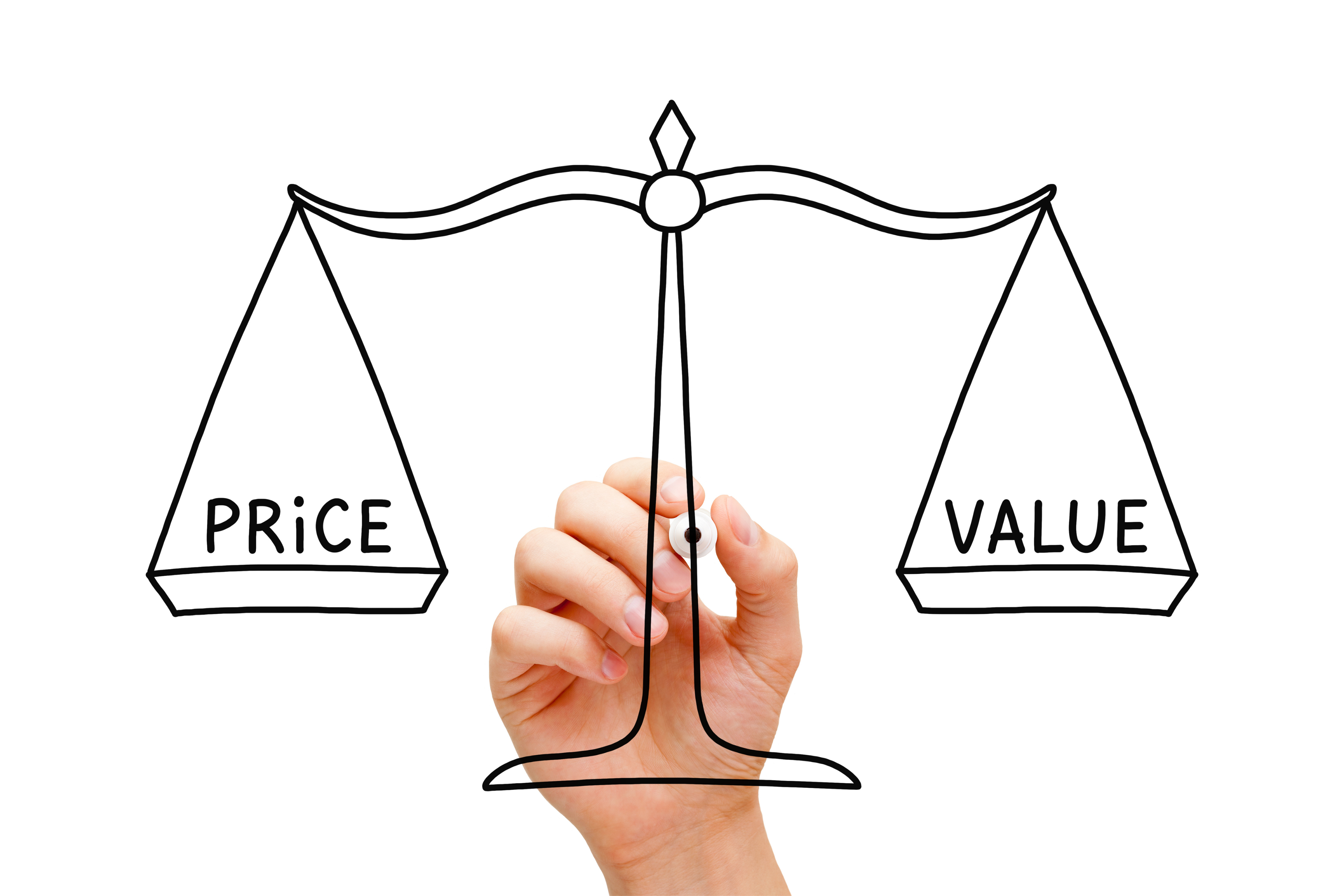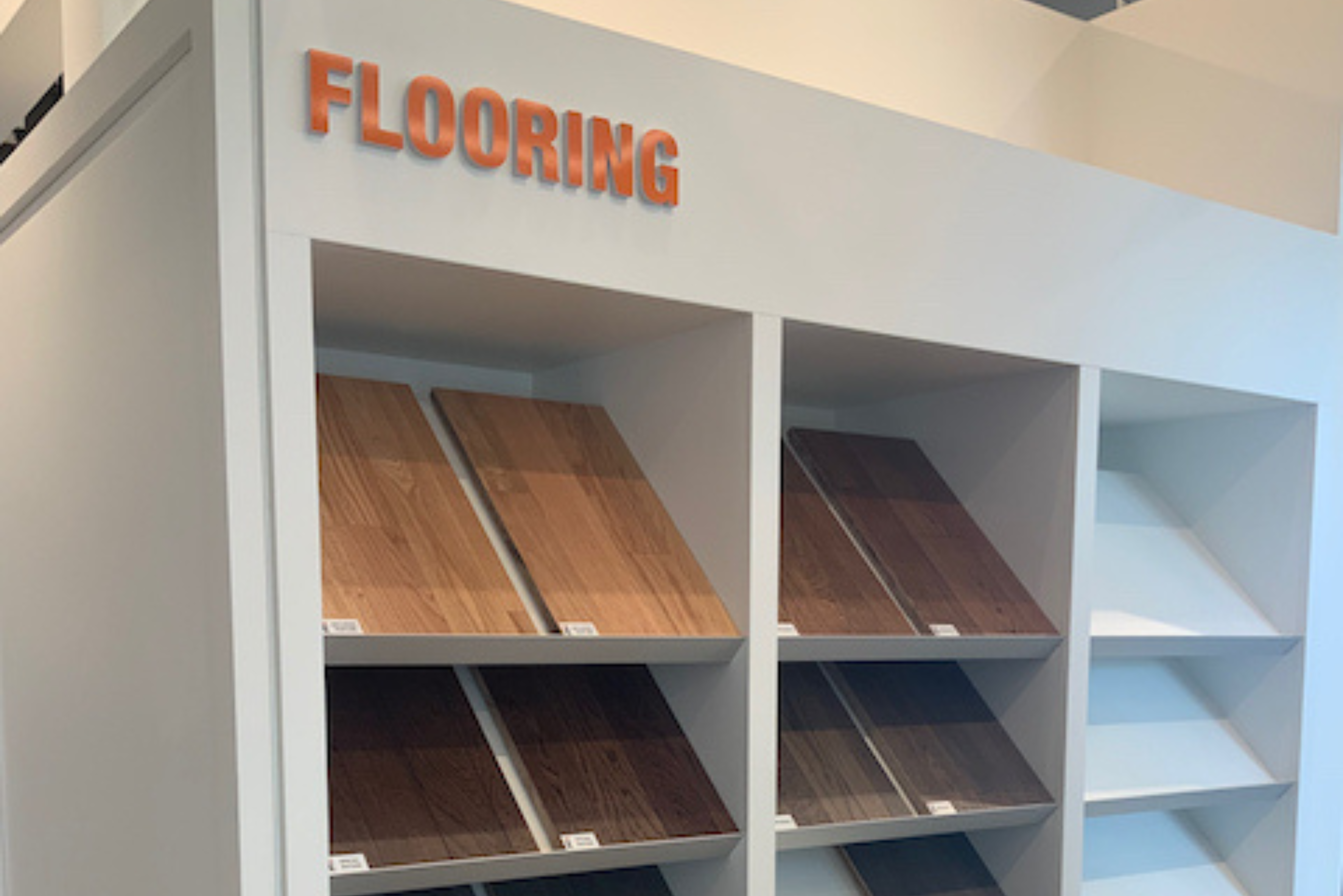This blog post was inspired by my newsletter published on Reno+Décor.
Costs are on all of our minds lately. From the gas we put in our cars to the food we eat and the products and services we buy, it’s impossible not to notice the changing costs and prices all around us. In this post-pandemic world, the state of our current economy, and the current world events, we’re all taking notice of prices. Is it just about supply and demand, or do we need to take a broader view, and look at the value of these goods and services?
Cost and value are not the same thing. Value is subjective – it’s the perceived benefit that will be received from a specific product or service. Is value synonymous with price? Why is a Louis Vuitton leather bag so much more expensive than a similar quality leather bag? What makes it more valuable? It’s not strictly about the quality of the bag. Both will last a very long time and both carry things – so then how can you explain why someone might be willing to spend 10 times more on the LV bag? It’s because of the perceived value of the designer bag – it’s about how the bag will make them feel.

Pricing can be challenging to calculate and often feels a bit arbitrary. When pricing interior design services, we need to look at what the customer/client will receive from these services. How will the service solve the buyer’s problem? As an interior design professional, you need to be clear about what problems you’re solving. Clients will pay for the service based on the value they perceive. It’s not necessarily about exactly what you’re giving your client – it’s about what value they’re getting from your service, and what they believe your service is worth. It’s that simple.
Understanding the different between price and value may change how you price your services as an interior design professional. In the interior design industry, design fees are most often determined based on time estimate – you guess the amount of time a task will take you to complete, choose an hourly rate, and do some math. I do not advocate this type of pricing model. Billing your services based on time alone doesn’t take into account your experience and knowledge (just because you are able to do something quickly, does that mean you should be paid less for it?), nor do they take into account the true thing you’re providing – value, and problem-solving. Trading dollars for time is an antiquated method. Instead, I recommend focusing on the outcome and on the value of the solution you’re providing to your clients.
Your clients want your experience, knowledge, and expertise. They want you to provide a solution to their problem. They don’t care how many hours you clock on the job to get it done.
Plus, in new home construction projects, the hourly pricing format is rarely done because the interior design service provided to builders and developers is a line item in the entire project budget. It needs to be a fixed dollar amount. This is another reason to scrap your hourly rate and to start pricing based on the value you’re providing.
When determining project design fees, here are some factors to consider:
- How does this service solve the customer’s problem?
- What unique benefits does your service offer?
- What are your competitors charging?
- What impact does this service have on their specific project and in turn their business?
When determining your fee, you should also consider market position, which is a strategic process that involves the brand image in customers’ minds. How is the brand perceived? Think of the difference between Tesla and Toyota.
So remember – value and price aren’t synonymous, and by focusing your attention on what your services will provide, what problem they’ll solve for the client, and what the value of solving the problem is worth, you’ll be able to realize the true value of your work. This method results in a win-win relationship that’s mutually rewarding to both parties involved.
Thanks for reading my blog! Got any questions or topics you’d like me to cover? Connect with me on Instagram, Facebook or LinkedIn, and let me know!




